WWDC 2005 - Apple to Move to Intel Processors in 2006
by Anand Lal Shimpi on June 6, 2005 3:03 PM EST- Posted in
- Trade Shows
Steve talked about the two major challenges with the shift to x86:
At the conference, Apple released an updated version of their Xcode development suite. Xcode 2.1 will let you compile to both PowerPC and Intel architectures, creating a universal binary and allowing developers to ship one copy of software that supports both processors.
- Getting Mac OS X run on Intel
- Intel versions of Applications
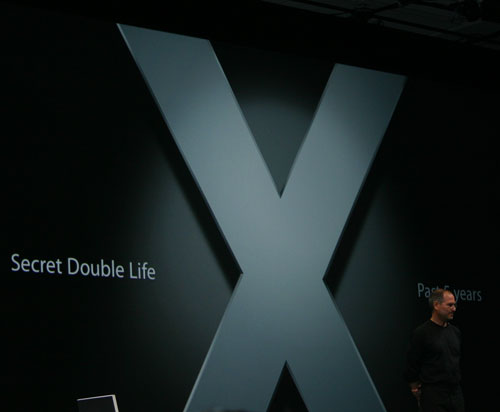
OS X has been living a secret double life for the past 5 years.
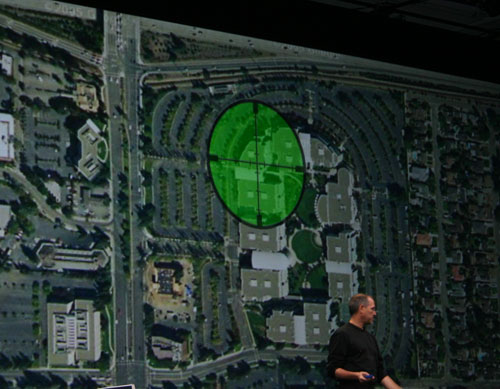
This picture highlights the building on Apple's Cupertino campus where x86 development has taken place for the past 5 years.
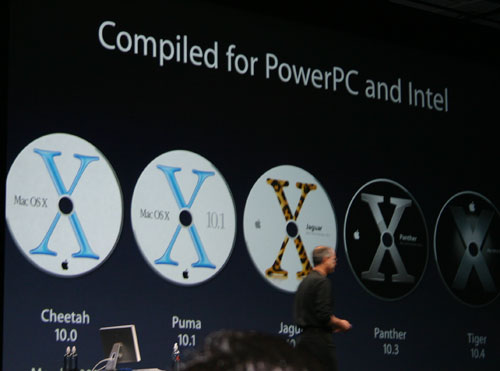
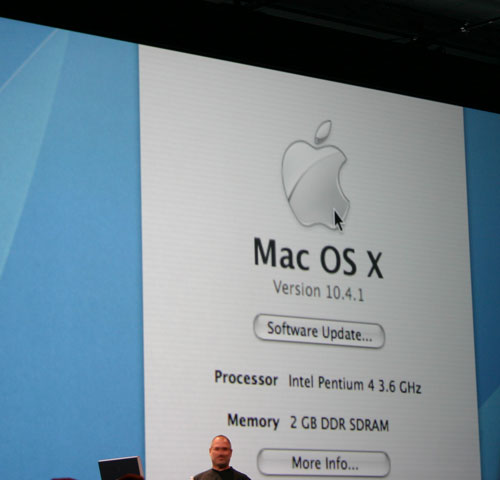
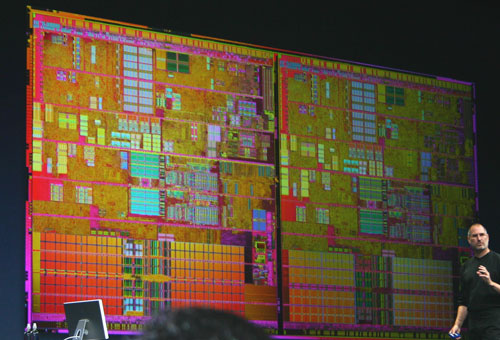
At the conference, Apple released an updated version of their Xcode development suite. Xcode 2.1 will let you compile to both PowerPC and Intel architectures, creating a universal binary and allowing developers to ship one copy of software that supports both processors.
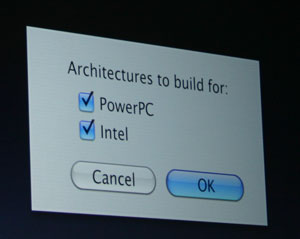
A checkbox in Xcode 2.1 will allow developers to create a universal binary that will run on both PPC and Intel platforms.
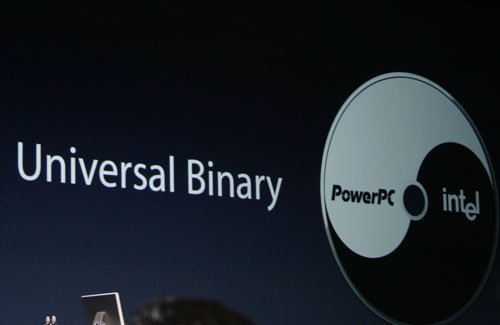

The transition in architectures will be an overlapping one.
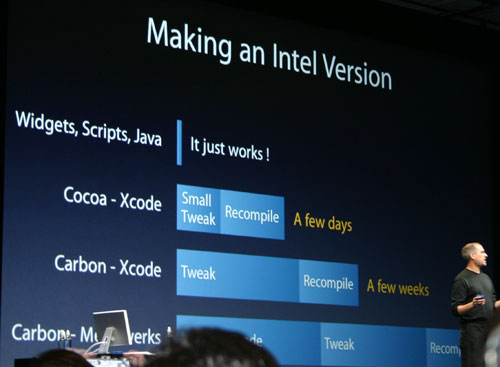
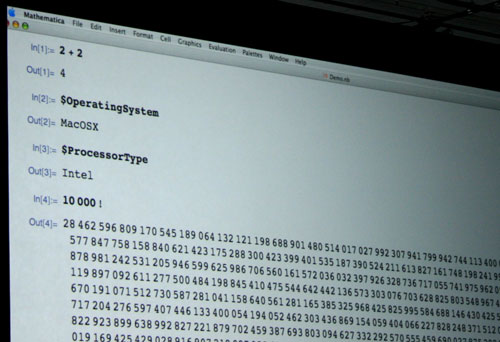

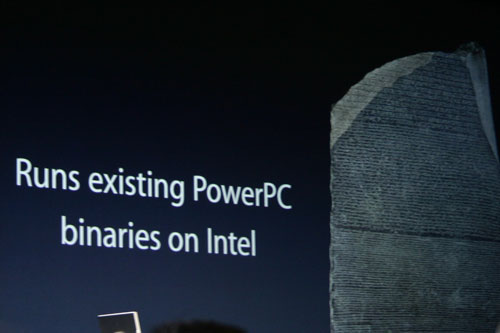

OS X (PowerPC) Photoshop running on an Intel OS X system using Rosetta.
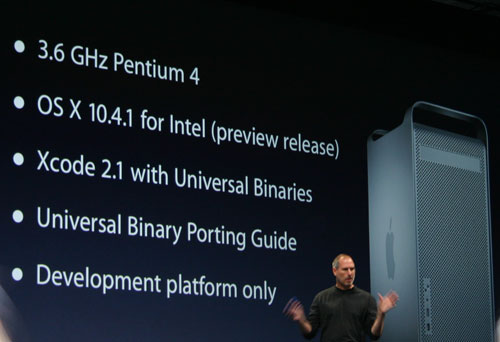
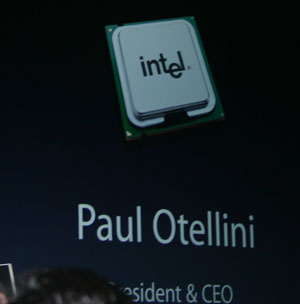

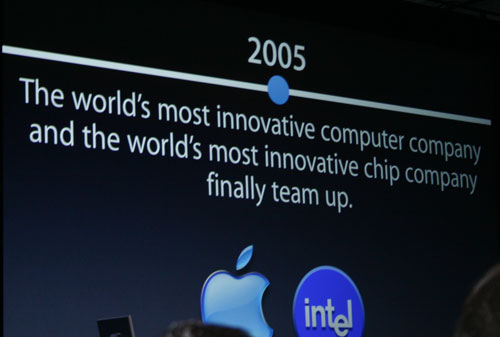
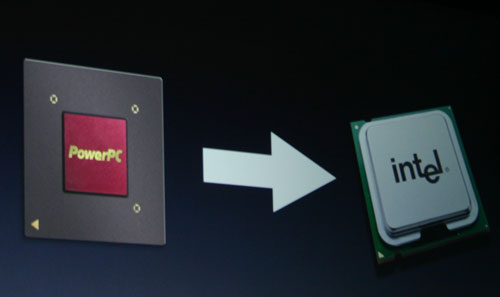










65 Comments
View All Comments
GoatHerderEd - Monday, June 6, 2005 - link
They should have chosen AMD (=I guess Intel does have extra capacity that Apple wants. Although; choosing AMD would have lead to a more devoted following and cheaper hardware. Not to mention Intel and Microsoft are joined at the hip.
Tefl0n - Monday, June 6, 2005 - link
Why p4 and not Yonah ....?Or maybe that will be the case who knows
knitecrow - Monday, June 6, 2005 - link
Why didn't they ue AMD chips?I really don't see the point of another switch after SO much pain with 970FX and OS X.
Eug - Monday, June 6, 2005 - link
I hope those Pentium M Yonah PowerBooks are released as early as possible. I'm looking forward to upgrading this 2.5 year old TiBook within the year.SuperStrokey - Monday, June 6, 2005 - link
Not sure how i feel about this... but why intel and not amd is really odd to me